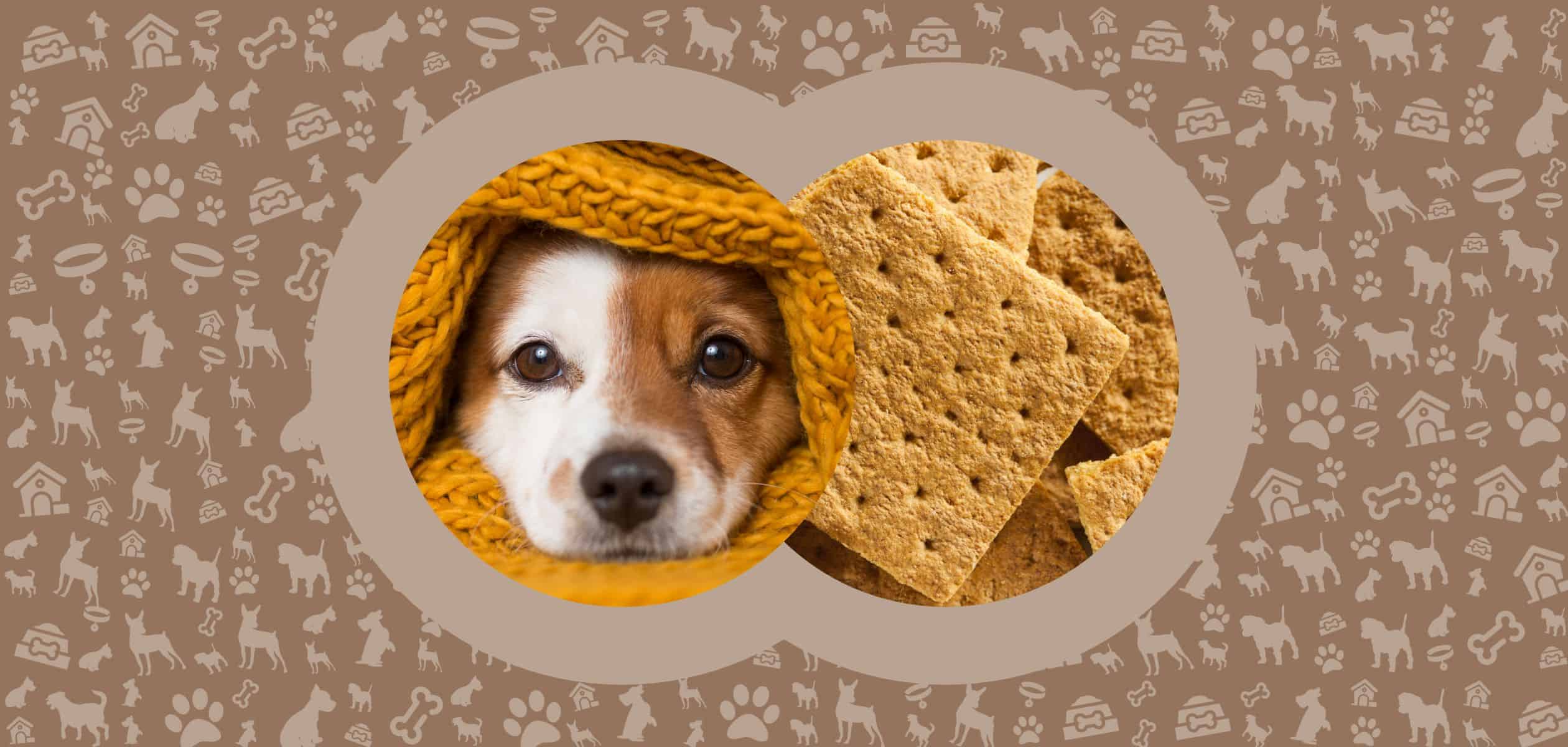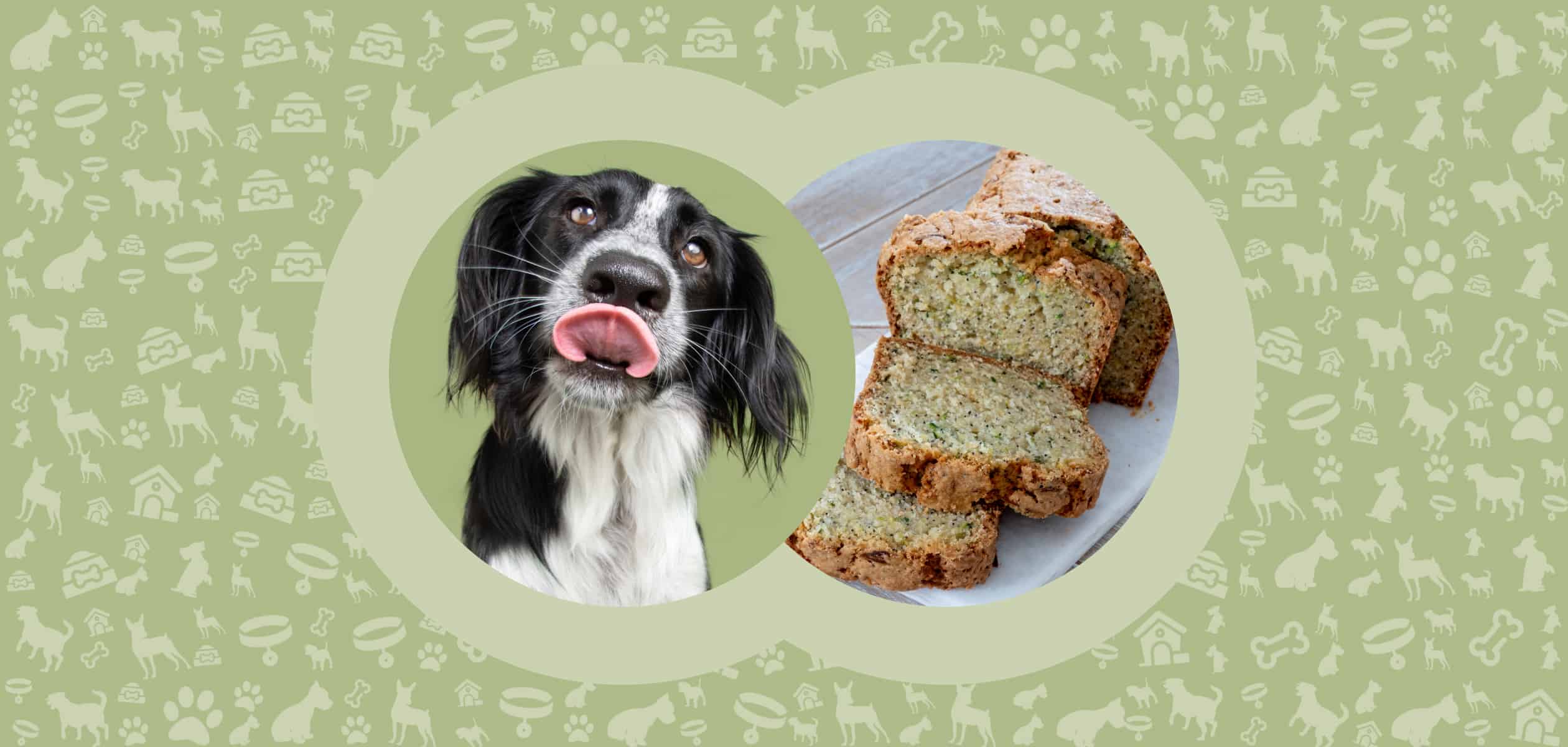Introduction
It’s widely known that graham crackers are healthier compared to regular crackers, at least because they contain a good amount of fiber.
Therefore, they are better for digestion, and they can even improve conditions such as diarrhea or constipation.
But can dogs eat graham crackers? It’s difficult to give a straight answer to this question as while it is better than other options, this human-grade treat isn’t the healthiest in the world.
Read on to find out if there are any benefits to feeding graham crackers to your dog, if there are any risks associated with this practice, and how you can include this snack into your pet’s diet.
Benefits for dogs
Fiber
Graham crackers have as many as 3.4 grams of fiber per 100 grams, and that’s more than what regular crackers or cookies contain.
Fiber positively influences your dog’s digestion, making sure that his or her stools happen regularly.

Vitamin A
The wheat that graham crackers contain is rich in vitamin A, which has been linked with supporting cell growth, normal vision, healthy immune responses, as well as skin health.
Vitamin E
As one of the most powerful antioxidants out there, vitamin E is a nutrient that can help your dog’s cells regenerate. It also has anti-inflammatory capabilities, and it’s been found to support a healthy immune system.
Vitamin K
This vitamin plays an important part in your dog’s bone metabolism, calcium level, and, more importantly, blood clotting mechanism.
The last function matters a lot as it ensures that in case your dog sustains trauma, he or she will be less prone to developing severe hemorrhage.
How much to feed
There are healthier snacks compared to graham crackers, but if you are adamant about feeding them to your dog, you can check out the guidelines included in the table below.
Potential risks
Carbohydrates
The carbs in graham crackers mostly come from the wheat that they are made of. No matter how much fiber might be in them, these snacks can cause digestive problems such as diarrhea, gas, bloating, or on the other hand, constipation.
Most dogs are, in fact, gluten-intolerant. Moreover, the carbs in graham crackers add up to the number of calories that your dog should have in a day. In the long run, they might make your dog more prone to developing obesity.
Sugar exposure
Sugar can create addiction in humans and animals alike. So, if you make the mistake of giving your dog sugary treats on a regular basis, you will not be able to get him or her off them too soon.
Salt exposure
Salt is not supposed to be present in any dog’s diet. It can lead to cardiac health problems, and other circulatory issues such as hypertension.
Fat content
While it is true that dogs should get part of their calories from proteins and fats, too much fat can be a detrimental thing.
Not only does it add unnecessary calories to your pet’s daily caloric intake, but in some cases, it can cause pancreatic complications.

Serving ideas
Many dogs like graham crackers because they are crunchy, so you can simply feed them to your pet in their original form. Our advice to you is to opt for healthy varieties with ingredients as clean as possible.
If you want to prepare your own graham crackers, you can, and it can be a better idea. You could use better ingredients and even add seeds for improved digestion.
If you are concerned about the calories that these snacks can add to your dog’s diet, you might be tempted to make your graham crackers sugar-free. Whatever you do, do not use xylitol as a sweetener as it is toxic to dogs and can lead to a variety of health problems — and in some cases, it can be lethal.
Instead, opt for healthy and safe sweeteners such as stevia, for example. In general, other treats are much better than graham crackers, from jerky treats to xylitol-free peanut butter, peeled and cored apples, cucumbers, green beans, and even celery.
Even cooked eggs or cottage or low-fat mozzarella can make great treats once in a while and they’re also safer compared to graham crackers.
Conclusion
When fed in moderation, graham crackers do not hurt a dog’s health. Nevertheless, they are rich in gluten, fat, sugar, and salt, so they do not make the healthiest treats in the world.
Limit the number of crackers you give your dog to 1 to 2 a week, just to be on the safe side of things.
Make sure to consult your veterinarian before adding any new food to your dog’s diet, whether graham crackers or a different treat.







Leave a Comment